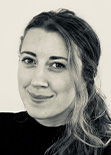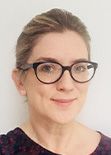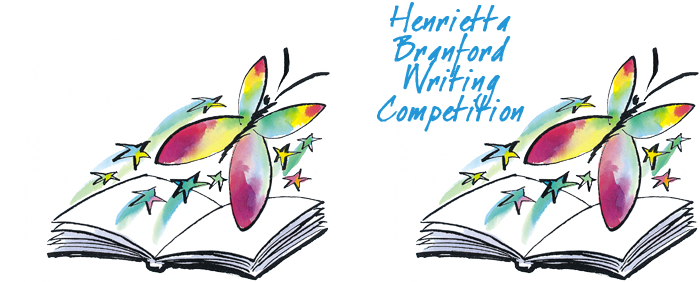Author: Yarrow Townsend

The Branford Boase Award judges praise The Map of Leaves for the quality of the writing and the way it incorporates green themes. Where did the idea for the book come from and what was your starting point?
I’ve always been attached to the less picturesque side of nature. Weeds and bogs and scrubland are not only ecologically important, but are also incredibly beautiful in their own way. In The Map of Leaves, I wanted to give these wild places a chance to speak up. Orla is outraged when she sees the needless destruction of nature. Like many of us, she doesn’t always know the best way to channel her anger, and often ends up overwhelmed by trying to fix things on her own. Writing this story, it was very important for me to show young readers that we’re not alone in our battles.
You completed the MA in Writing for Young People at Bath Spa University. What were the most important things you learned on the course?
I’m an even messier writer than I was previously! More than anything, this MA taught me to be less afraid of the blank page – to be more scribbly, more rough, more free with my writing. We shared new writing every week – writing we’d done at home, or from exercises the course tutors led on the day. As a result, I’m now much less self-conscious about sharing early drafts with my editor Rachel. An MA isn’t the only way to learn this, but it was a great insight into the collaborative process of writing for publication.
Which authors have most influenced your writing?
Reading really is the fuel for writing. Working on The Map of Leaves, I was especially nourished by other fiction for young people: Deirdre Sullivan, Celia C Pérez, Darren Charlton, Jacob Wegelius. Whenever I want to improve my prose, I go and read a bit of Frances Hardinge or Jonathan Stroud, who write the most accomplished third-person narratives. I also owe a huge debt to women who write about nature, in particular Robin Wall Kimmerer, Jane Goodall and Nan Shepherd.
What did you enjoy most working with Rachel on the book?
After several edits, it’s easy to get bogged down by plot points and story structure. Rachel has a particular skill for reminding authors about the joy of exploration. At one point, I went back to think about the gardens of my childhood – and what mattered to me back then. It’s wonderful to work with an editor who understands the playfulness in writing for children – and the fact that our best ideas come from conversations about what if. When I’m stuck, we’ll both end up sending over sudden thoughts by email – what if this thing happened? What about this? It’s a very joyful process at that point.
What advice would you give to debut writers?
Embrace messiness. I like to sit at a table covered in paper (sellotaped together to make one large sheet), where I’ll write out story arcs and character ideas and notes from books I’m using for research. Sketch in your notebooks and collect things in them too. So many of us were told not to draw in our exercise books at school. You’ll spend a lot of time polishing your final drafts, so enjoy the messiness where you can.
Editor: Rachel Leyshon

What was it about Yarrow’s writing that most excited you about her book?
I loved the fierceness of the main character’s voice and the enchanting voices of the plants, of course. An instant sense that this was an author with conviction and originality.
What were the main things you worked on with her as editor?
Putting Yarrow’s environmental beliefs and personality at the heart of the story – and making sure the adventure plot was exciting but didn’t entirely take over.
What do you think marks out the most successful writers for children?
Those who can really remember being a child with absolute clarity and empathy.
What do you find most satisfying about being an editor?
Exploring an author’s talents with them, seeing them go further than they ever thought possible, seeing the joy their book gives readers.
What advice would you give anyone wanting to write for young people?
Think about your audience and what makes you unique – try not to be anyone else.
The Map of Leaves is published by Chicken House, 978-1913696481, £7.99 pbk.
Thank you to Yarrow Townsend and to Rachel Leyshon for answering our questions.



